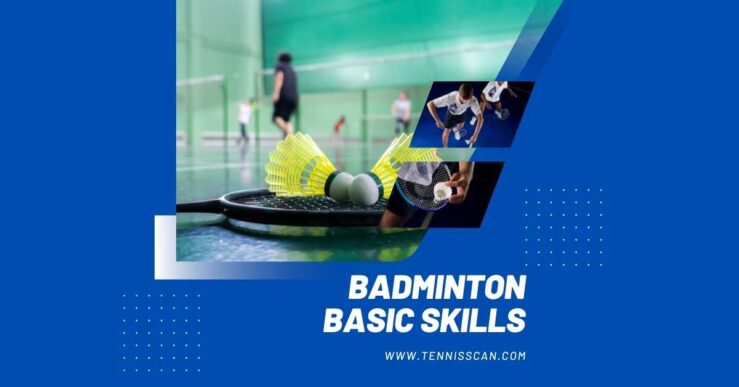Learning how to wield the racquet, serve the shuttle, and use your feet are all badminton basic skills. A serious badminton player who works on every skill to get better is considerably different from a backyard player who plays frequently for enjoyment. If you choose to become a professional, failing to pay attention to the fundamentals will plague you along the road.
Playing badminton, both casually and professionally is enjoyable and relatively simple to master. Drills can be put into practice to raise your game. Both singles and doubles matches have specific rules and scoring. One of the fastest and most popular sports that call for extreme fitness is badminton.
In addition, badminton is a sport that everyone may start playing without much hesitation. In addition to being enjoyable, practicing the sport has several health benefits. If and when you begin playing the fantastic sport, you should practice certain badminton basic skills if you want to succeed in the highly competitive, individual activity.
Badminton Basic Skills
The fundamentals of tennis are similar to those of badminton, as was previously mentioned, and both sports are played professionally. (how to play tennis) There are advanced techniques and talents not covered in this list; it is merely a basic list. Even with these fundamental abilities, there is plenty to learn.
There are multiple levels of expertise for some of these skills, and some are more difficult to learn than others. I advise thoroughly studying badminton skills if you want to become the best player you can be. Continue reading if you want to get good at these talents.
- Grip
- Serve
- Stance
- Footwork
- Stroke
Grip
To control shots and reduce the risk of wrist injuries, it’s crucial to hold the racquet with the proper grip. You can play both backhand and forehand strokes with ease if you have the right grip. A racquet grip is comparable to a warm handshake.
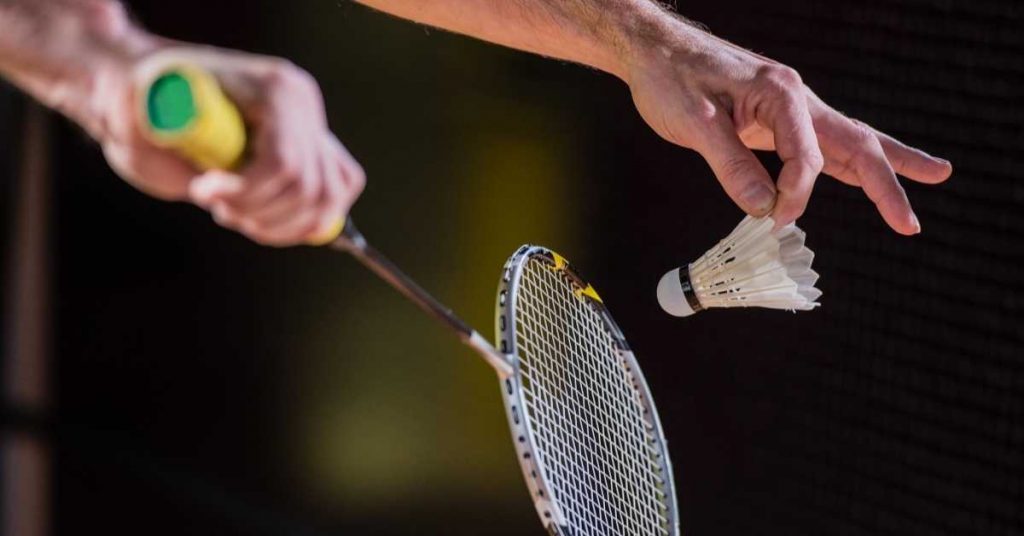
Only the thumb will fit nicely against the handle grip’s broader surface. The remaining hand will be used to simulate a handshake. Don’t forget to maintain a loose, welcoming grip during the handshake. It will limit one’s range of motion and could eventually result in wrist damage.
Backhand And Forehand Grip
An important skill understands how to hold the forehand and backhand. Since this is the foundation for learning every shot in badminton, getting it right is crucial. You may practice getting the hold correct while sitting at home. The fundamental forehand and backhand grip is simple to learn.
Sitting on your living room couch and practice switching between your forehand and backhand grip. The forehand grip is similar to shaking hands. Both how you grip the racquet and how firmly you hold it should be considered. The racquet should be held lightly because a tight grip might result in ailments like tennis elbow.
Additionally, tensing your muscles makes it very difficult to execute the shot properly. Some folks find it simpler to achieve the proper backhand grip. Slowly take the thumb over so it rests flat on the grip rather than along the edge using the forehand grip. Relative to using the forehand, using the thumb makes it simpler to stabilize the grip.
Serve
One of the most fundamental skills you need to develop in badminton is service. Additionally, you must be careful to do a legal service; otherwise, you risk receiving penalty points. Based on the shuttle’s landing objective, there might be two different forms of service in badminton.
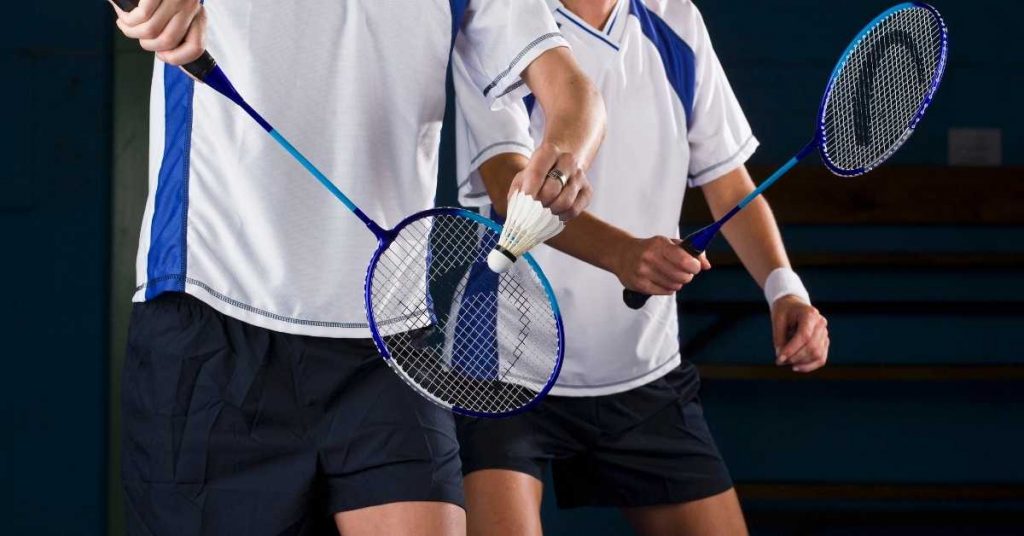
High Serve
The back corner of the other team’s court is the target of a high serve. The shuttle should ideally descend steeply below at the back of the court after a strong high serve. In actuality, opponents that are capable of smashing hard are given a high serve.
In response to a correctly delivered high serve, you can always count on your opponent to lob or drop you. Serving the shuttle to the backhand area of the opposition is often advised. This is done in an effort to take advantage of the average player’s weaker backhand.
Low Serve
The front of the court is the low serve’s target, as opposed to the high serve. The shuttle should be released so that it lands in the front corner of the court immediately above the net. In this scenario, if the performance is subpar, your adversary has the chance to sprint ahead and smash the shuttle to you.
Stance
In badminton, the stance is a basic skill needed while returning an opponent’s shots. With the right stance, you can effectively return your opponent’s strokes and gain the upper hand in exchanges.
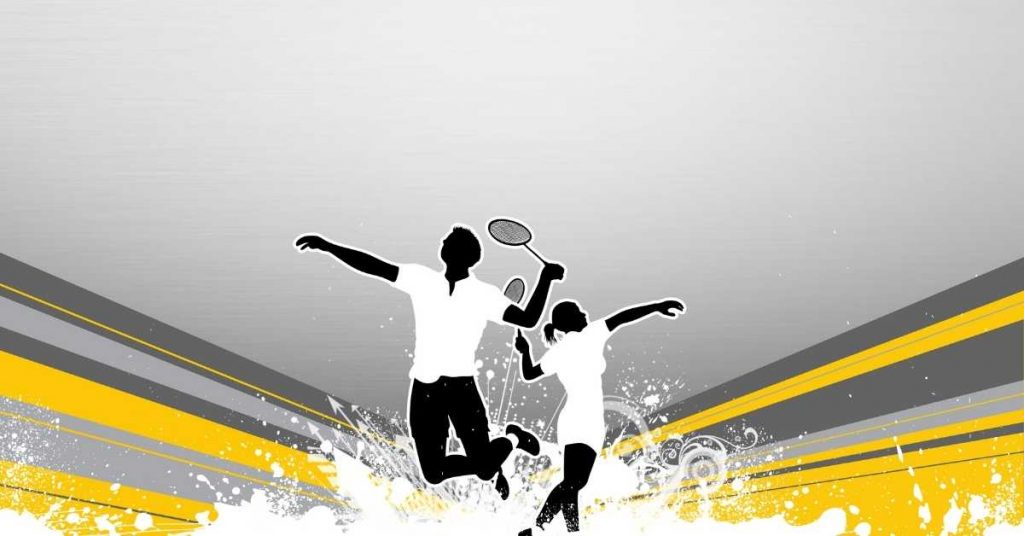
Defensive Stance
The defensive stance can be used to block opponent smashes. Put the racquet at about waist height and turn your body toward the net to adopt the defensive stance. Since you’ll have to make a snap decision when returning the shot, you can also use this position to accomplish a high clearance.
You might execute a lift while in the defensive position to buy some time. This will give you a chance to straighten up and get ready for the other player’s response. Lifts give the other team the option of sending a return smash, but this does not render them a useless defensive move.
You might look for the ideal moment to strike your opponent by playing a net shot by employing the lift while in a defensive stance.
Attacking Stance
The attacking stance will enable you to counter an opponent’s short or high lift. Try to position yourself behind the shuttlecock, elevate your arm, shift your weight to your racquet leg, and smash the shuttlecock. This is how to use the offensive posture.
You can also send a drop shot by taking an aggressive position and watching how your opponent hits the ball. If you receive the shuttlecock from the front or rear of the court, you can use a drop shot.
Net Stance
When an opponent sends a net shot in badminton, the net stance is utilized to return the stroke. Your racquet foot should go forward, while your other foot should go backward. For the net posture, hold the racquet in front of your body just above your waist. Using a tumbling net shot first is one approach to entering the net stance.
The shuttlecock will tumble and spin directly above the net and into the court of your opponent when you use the tumbling net shot. Your body will automatically enter the net stance when you send a tumbling net shot. Prepare to conduct a net kill move from your net stance to an offensive posture so you may execute a winning smash.
Footwork
The athletes must be mindful of the restricted space on the badminton court because it is used to perform the sport. On the court, footwork is crucial for efficient and well-planned movement. In fact, some coaches prioritize footwork over all other qualities.
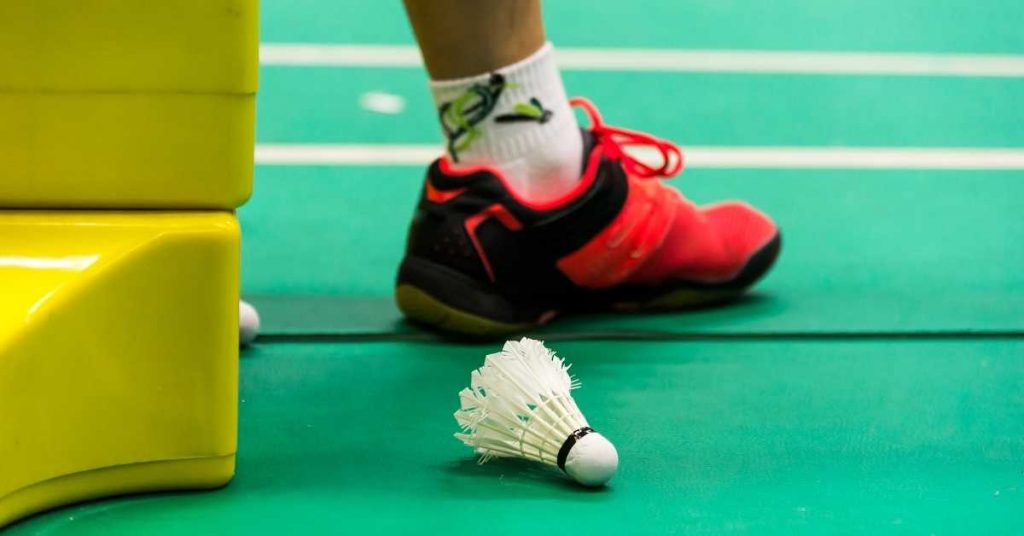
Advice for good footwork
- Always keep the base in mind (starting point).
- Just take a few steps backward.
- Just one sideways step when shuffled.
- Just take a few moves forward.
Stroke
In order to improve as a badminton player and hit better shots, strokes are essential. Two major categories can be used to classify strokes:
Forehand Shot
When the shuttlecock is on your racket side, you should play your forehand shots. As you swing overarm or underarm, the forehand stroke will be controlled by your index finger. To play a forehand stroke, swing your wrist while using your index finger as support.
Backhand Shot
With your thumb controlling the strokes, backhand shots should be made with the shuttlecock on your non-racket side. Your light grip will make it easy for you to move between the forehand and backhand grips while playing badminton. Hold the racquet with the rear of your hand in front and swing your wrist forward to execute a backhand shot.
Conclusion
I sincerely hope you’ve found these top 5 fundamental badminton abilities helpful and are able to put them to good use. No matter how ‘simple’ they may seem, any professional badminton player has spent countless hours honing each and every one of these talents. The first step in anything is to lay a strong foundation.
FAQ’S
Most players and coaches agree that the backhand clear is the most challenging fundamental stroke in tennis because it requires excellent technique to generate enough force for the shuttlecock to cross the entire court.
Serving, clearing, smashing, driving, and dropping are among the five different badminton shots or strokes.
The forehand clear is the first and most crucial skill that beginners in badminton should learn. Most newcomers will begin learning badminton by engaging in rallies in which they repeatedly hit the shuttlecock back and forth while it is high in the air for as long as they can.
